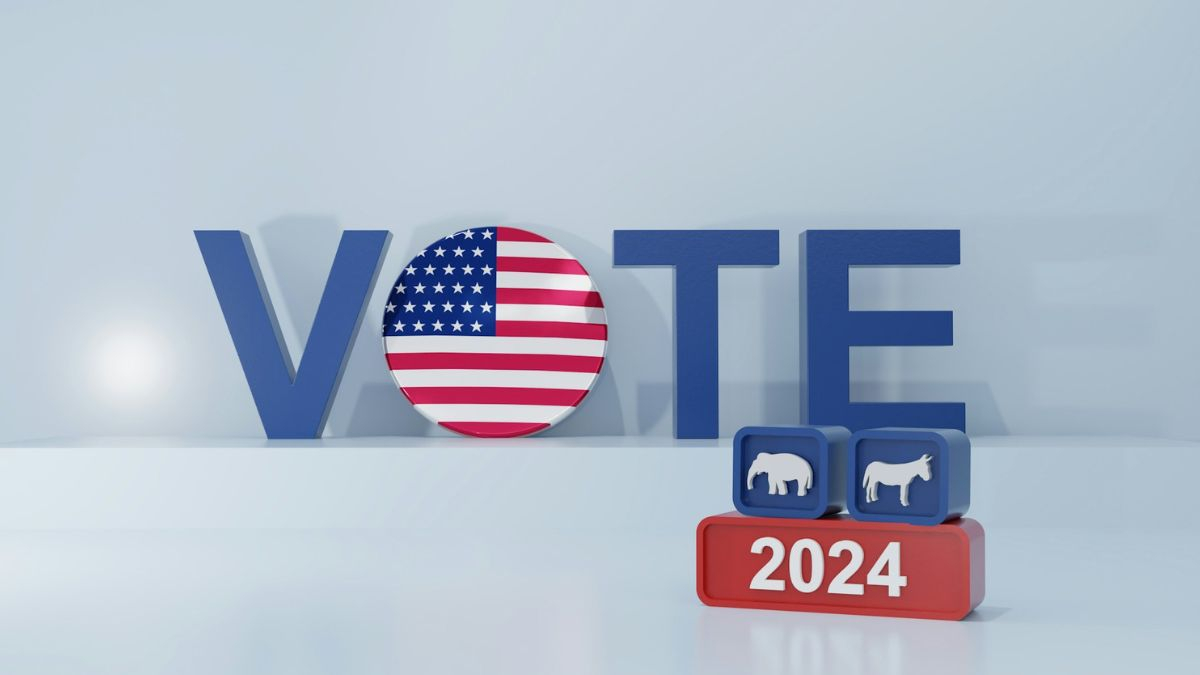As we approach elections, it’s crucial to understand the various ways you can cast your vote. Two common methods are absentee voting and vote-by-mail. While these terms are sometimes used interchangeably, there are key differences.
What is absentee voting?
Every US state allows mail-in, absentee voting, but typically only under certain circumstances. For example, in the past, many states only allowed you to get an absentee ballot if you were deployed with the US armed forces, were going to be out of town on Election Day or were ill.
Amid the covid-19 pandemic, however, at least 35 states have changed their mail-in absentee voting policies, allowing all voters to apply for an absentee ballot to cut down on the risk of spreading the virus. Some states are calling the expanded criteria for absentee voting “no-excuse absentee voting,” a term that indicates you don’t need to explain why you want an absentee ballot as you have in the past — but you’ll still need to fill out an application and request one, either online or through mail.
However, other states have decided to automatically send every citizen an absentee ballot or a form to fill out to request one. That’s when we start to see the term mail-in voting — as opposed to absentee voting — used to refer to a wider policy of absentee voting for all.
What is mail-in voting?
The terms absentee voting and mail-in voting/Vote-by-mail are often used interchangeably. However, some election officials have started using the term “mail-in ballots” or “vote by mail” because they’re expanding absentee ballot eligibility during the pandemic to include people who aren’t actually absent from their precinct at the time of voting.
In a number of states, including California, Delaware and Illinois, ballots were automatically mailed to every eligible voter without request or application needed, so some election officials are using the terms “all-mail voting” or “universal vote by mail.” Still, a limited number of polling places will be available for those who want to vote in person.
Ultimately, when states talk about mail-in voting, they’re talking broadly about all ballots that are sent through the mail. In some states, this could mean all of the no-excuse absentee ballots. In others, it could mean all of the universal vote by mail ballots. So different states may use different terms. See how vote by mail works in your state.
Differences between mail-in voting and absentee voting
- Request Process:
- Absentee Voting: In states with an absentee voting system, voters must actively request a ballot via mail or email. They typically need to provide a reason for being unable to vote in person on Election Day.
- Vote-by-Mail: In states using a vote-by-mail system, ballots are proactively mailed to every registered voter without requiring individual requests.
- Eligibility:
- Absentee Voting: Some states mandate specific reasons (such as being out of the country, having an illness or disability, or work-related constraints) for requesting an absentee ballot.
- Vote-by-Mail: No specific reasons are necessary; all registered voters receive their ballots by mail.
- In-Person Options:
- Both systems usually have in-person polling places for those who prefer to vote early or on Election Day.
- Both systems usually have in-person polling places for those who prefer to vote early or on Election Day.
- Returning Your Ballot:
- All states allow voters to return their ballots by mail.
- Some states (e.g., Arizona, California, Colorado, and Washington) also permit dropping off ballots at in-person voting locations.
- Vermont and New Hampshire allow in-person drop-offs at assigned voting locations.
In addition, some states have secure drop boxes stationed around the state, that voters can walk, bike, or drive up to and drop off their ballot. The drop boxes may be supervised by election workers or others may have security features, such as cameras.
Eleven states (Arizona, California, Colorado, Hawaii, Kansas, Montana, Nebraska, New Mexico, Oregon, Utah, and Washington) have permanent laws that allow voters to use ballot drop boxes in some or all counties. In addition, other states and counties are adding drop boxes for the election.
In summary, absentee voting requires active ballot requests, often with specific reasons, while vote-by-mail automatically sends ballots to all registered voters. Both methods aim to make voting accessible and secure. Remember to check your state’s guidelines to ensure you participate effectively in the upcoming elections!

